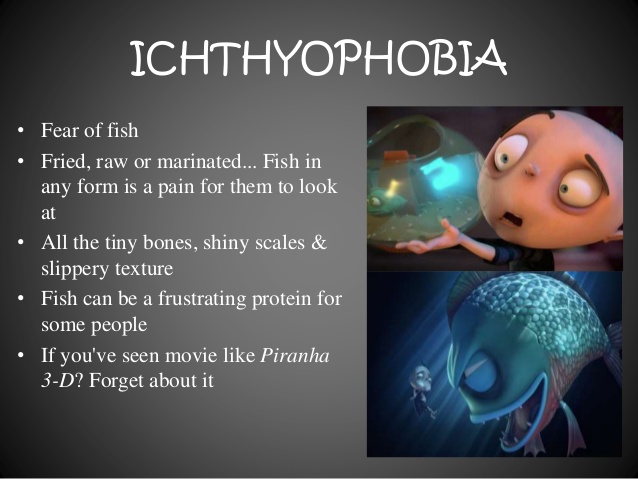Humankind is the strangest of species. On one hand, we have dominated every living being on the planet and belong right at the top of the food chain, yet some of us have developed a fear of things we’ll go great lengths to avoid. This list of phobias is quite long and varies greatly. The most common phobias include the fear of water (aquaphobia), fear of heights (acrophobia) and of course let’s not forget the spiders – Arachnophobia. But the less common fall in a very large list and one such phobia is Ichthyophobia – the fear of the fish.
Causes
There is a general consensus among the scientific community that phobias arise either from external triggers such as traumatic experiences during childhood or internal predispositions such as genetic make-up or heredity.
The traumatic experiences which result in these phobias include things like pranks pulled by siblings, friends or relatives during childhood. These incidents have been reported to cause aversion from those objects or creatures which were used in the prank. Sometimes seemingly innocuous experiences can lead to this phobia, for example, a child may be startled by seeing a fish jump out of water in his childhood which could result in them developing Ichthyophobia.
Another common reason to have an aversion to fishes is to have an anxiety disorder. Someone with an anxiety disorder is very likely to believe that fishes are dirty creatures and are responsible for the spread of diseases in their vicinity.

Symptoms
The symptoms of any phobia can vary from person to person and this can depend how much of a fear they have. For some, it can be simply a case of anxiety in the presence of fish but for others, it can include the physiological conditions such as nausea, shortness of breath, dry mouth and shivering.
Treatment
The treatments for ichthyophobia are very similar to treatments for other types of phobias. The simplest treatment for any phobia is Systematic Desensitization. In systematic desensitization, the goal is for the patient to overcome their phobia by the process of familiarization. Another way of getting rid of a phobia is to use humor and to ridicule the object the victim is afraid of.
Medicines, such as antidepressants, may also be given to the victim of a phobia. Sedatives may also be used as they help the victim relax resulting in a lesser anxiety in the presence of the object of fear which, in this case, is fish.
There are other methods, such as hypnotherapy and cognitive behavior therapy (CBT), which can help a victim of Ichthyophobia, or any other therapy, but all these treatments are secondary. What’s of utmost importance is the trust and support of one’s friends and family as sometimes nothing can beat that.
